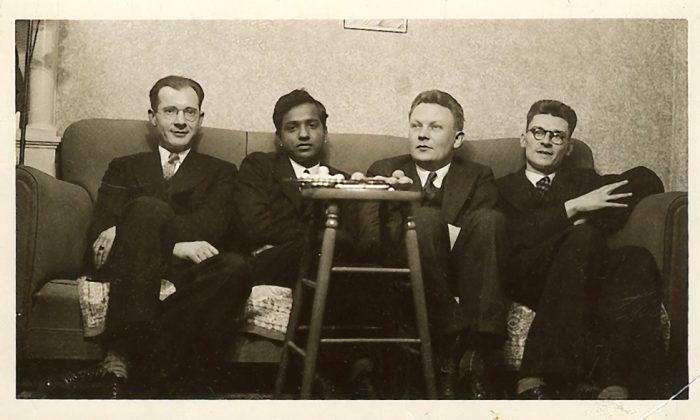October 19 marks the birth anniversary the man behind the name of NASA’s premier X-ray observatory, the late Indian-American Nobel laureate Subrahmanyan Chandrasekhar—one of the foremost astrophysicists of the twentieth century.
The amiable scientist is popularly known as Chandra, which means “the moon” in Sanskrit language.
“Chandra was a first-rate astrophysicist, and a beautiful and warm human being. I am happy to have known him,” Nobel laureate Hans Bethe once said, according to NASA’s Chandra X-ray Observatory website.
Born in Lahore part of India (before independence), he was the eldest of the four sons, amongst the 10 siblings. Chandra eventually moved to the United States in 1937, to teach as an assistant professor at the University of Chicago. He remained at the university for his entire career, declining many prestigious offers from other renowned institutes.
He was a popular teacher who guided over fifty students to their doctoral degrees. Chandra mastered several fields of physics and astrophysics by exhaustively studying a specific area, publishing several papers in it, and then summarizing the major concepts in the field in the form of a book, before taking up another field of study.
Trained as a physicist at Presidency College, in Madras, India and at the University of Cambridge, in England, he worked in various areas including stellar structure, theory of white dwarfs, stellar dynamics, theory of radiative transfer, and mathematical theory of black holes, to name a few.
He also served as an editor of the Astrophysical Journal for almost two decades, turning the publication into a world-class science journal. In 1983, Chandra was awarded the Nobel prize for key discoveries that led to the currently accepted theory on the later evolutionary stages of stars.
“Chandra probably thought longer and deeper about our universe than anyone since Einstein,” NASA’s X-ray observatory website quoted Martin Rees, Great Britain’s Astronomer Royal.
He died of a sudden heart attack at the University of Chicago Hospital in 1995.




